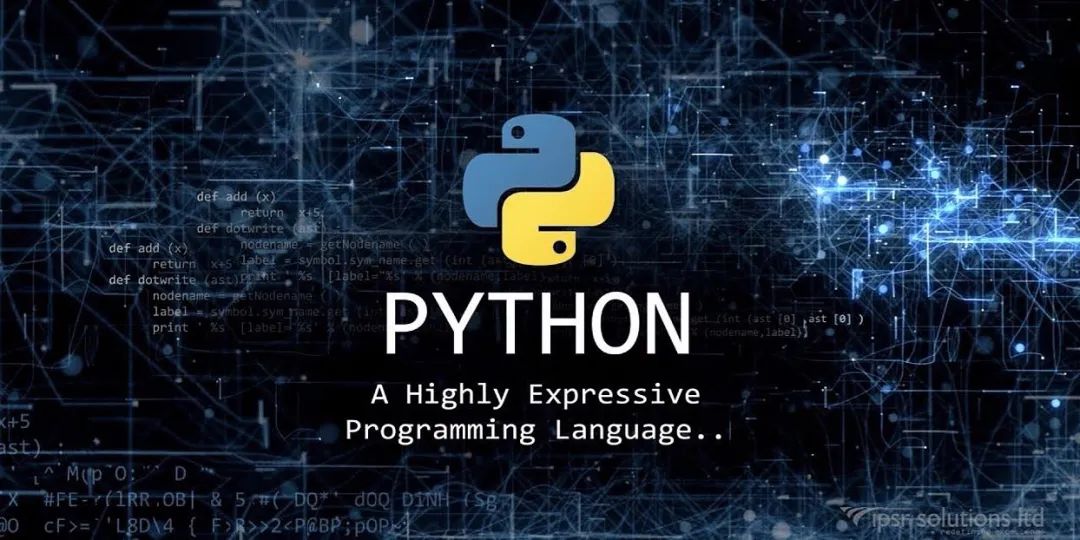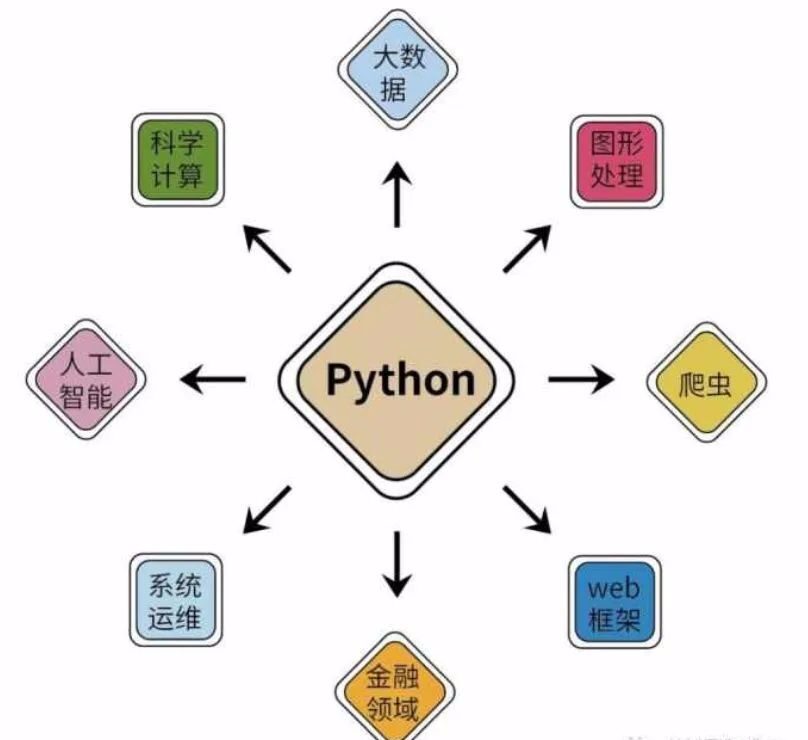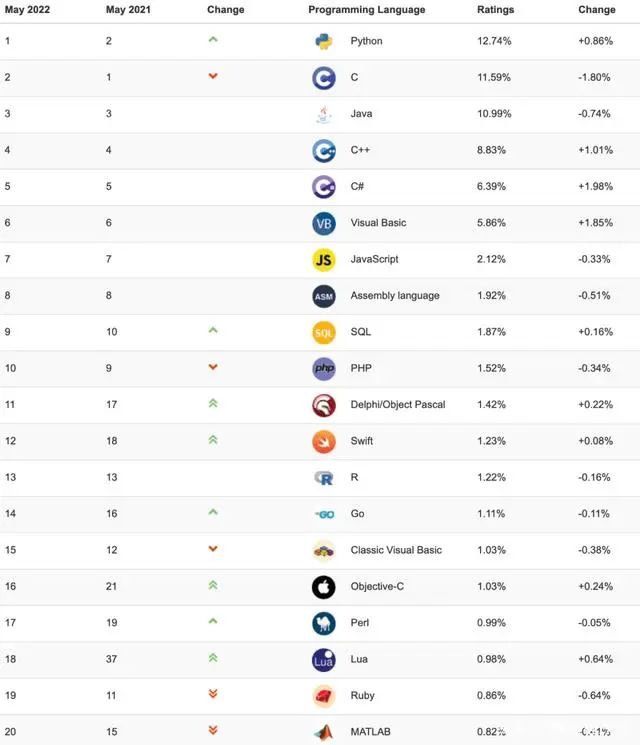
When learning programming for children, everyone has probably heard of three of the most common programming languages: Scratch, Python, and C++.
Generally speaking, after children learn Scratch, they will start learning Python. So what is Python? Why should we learn Python? Is it possible to skip Python and learn C++ directly?
Today, let’s take a closer look at the familiar yet somewhat unfamiliar Python and understand what children learn about Python~~
What is Python Programming for Children?
Python is a computer programming language that is moderately difficult to learn, suitable for children aged 9-12.
Compared to C++, it is more easy to learn, readable, portable, extensible, and embeddable, making it very suitable for rapid development, with high readability, so it is easier for children to understand.

Compared to Scratch, which has a colorful interface and graphical programming, where you can create complex works just by dragging icons with the mouse, Python is imperative programming and a high-level language with high flexibility.
Python has rich and powerful libraries. It is often referred to as a glue language, capable of easily connecting various modules created in other languages (especially C/C++).
The functions of Python are very powerful and are applied in fields such as artificial intelligence, scientific computing, big data, finance, system operation and maintenance, graphic processing, text processing, hacking, and web scraping.
Whether for desktop applications, web development, artificial intelligence, or big data processing, Python is involved.

Programming may become a basic skill in the future, just like driving or English, both common and widely used. So why should children learn Python programming? Here are a few reasons:
1. Powerful Functions of Python
Playing is the nature of children; creation is the dream of every child, even adults. Many people dreamed of making a spaceship and exploring space when they were young.
With Python, supporting embedded development such as the Internet of Things is possible, and the methods are simple and easy to learn, making it feasible to create a robot to realize their small dreams.
2. Low Entry Difficulty
For anyone without a foundation, programming is not easy, especially for those without any math background. However, the syntax structure of Python is simple and closer to natural language, making it relatively easier to learn.
3. Abundant Libraries
Python has a wealth of libraries. In the world of Python, there are many ways to solve problems because many people are using it, and you can easily find solutions to similar problems to use for yourself.
4. Educational Requirements
If the college entrance examination really includes information technology programming, do you think people will still choose C language? No! If that happens, it may soon be Python that will be included in the college entrance examination programming languages. Currently, Python has already been included in the curriculum for eighth graders in Zhejiang.
5. Simple and Elegant Syntax Structure
Python is a language that emphasizes the appearance of programming, with strict requirements for format. Just like practicing handwriting when learning language in childhood, learning programming requires practicing the appearance of programming language first.
6. Increase Future Employment Competitiveness
This year, Python ranked first in the programming language ranking and is still growing rapidly.
Learning programming now can increase children’s competitiveness in future employment and help them adapt more quickly to future living and working environments. Fields such as artificial intelligence, information science, and astronomical informatics all require Python.
For example, when studying celestial bodies, it is difficult to conduct practical experiments, so simulations must be done on computers, and the best language for computer simulation is Python, which is also the best tool for processing astronomical data and information.
Now, artificial intelligence is thriving, and most artificial intelligence applications use Python. Many companies use Python, and there are more products and applications, leading to a higher demand for talent in the future.

7. Support Participation in Python-Related Science and Technology Competitions and Use Independent Admission Routes for Further Studies
It can be said that the current value of learning Python programming is relatively high. Although the learning difficulty is considerable, Python programming is widely applicable, both in competitions and daily life, making it very important for young people to learn Python.
National Youth Science and Technology Innovation Competition, Tomorrow’s Little Scientist, National Primary and Secondary School Computer Production Activity, China Youth Robot Competition, National Youth Creative Programming and Intelligent Design Competition, Youth Artificial Intelligence Programming Level Test, etc.
The information technology revolution has brought tremendous changes to the world. The integration of new information technologies such as the Internet, big data, and artificial intelligence with education is driving a new educational transformation.
The Ministry of Education has actively promoted the development of programming education in primary and secondary schools, indicating that the combination of programming and education is a trend.
By cultivating children’s programming literacy from a young age, we enhance students’ information literacy and cultivate the seed power for the country’s artificial intelligence development!
Disclaimer: The materials in this article are sourced from the internet, intended for educational sharing, and not for commercial use. If there are any objections, please contact for removal.
